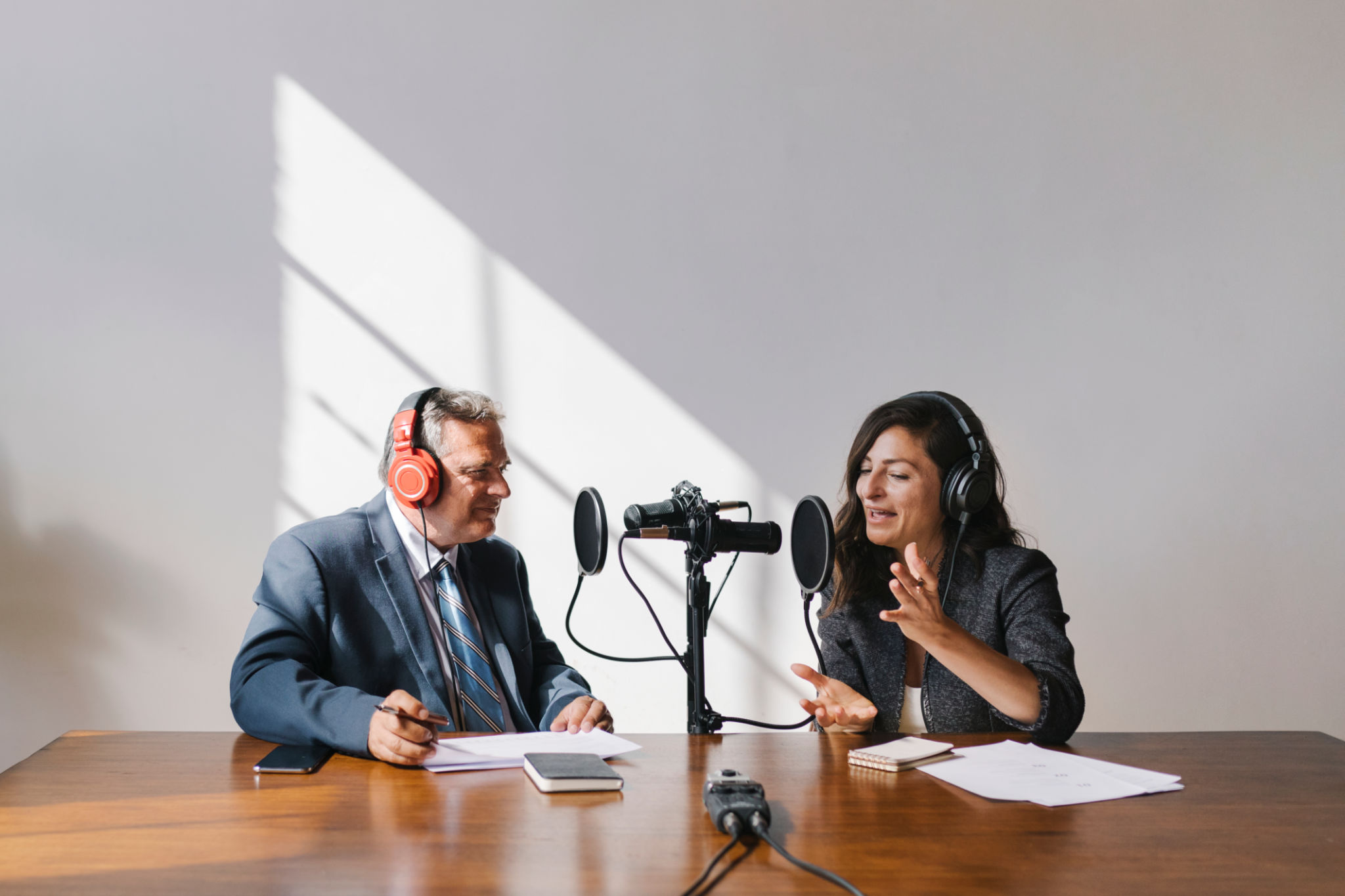How to Start Your Own Podcast: A Step-by-Step Guide
Define Your Podcast Concept
Starting a podcast begins with a clear concept. What is your podcast about? Who is your target audience? These questions are crucial in shaping your podcast's direction. Consider your passions, expertise, and what you want to share with the world. A well-defined concept helps you create content that resonates with your audience and keeps them coming back for more.

Research Your Niche
Once you have a concept, delve into research. Understand the landscape of your chosen niche. Look at what other podcasters are doing, identify gaps in the market, and determine how your podcast can offer something unique. This research will inform your content strategy and help you develop a podcast that stands out.
Create a Content Plan
With your concept and research in hand, it's time to plan your content. Decide on the format of your podcast—will you have interviews, solo episodes, or a mix of both? Create an outline for your first few episodes, and consider creating a content calendar to stay organized. Planning ensures you maintain consistency and cover topics that engage your audience.

Invest in Quality Equipment
Sound quality is vital for any podcast. Invest in a good microphone, headphones, and recording software. You don't need to break the bank, but having reliable equipment will significantly improve the listening experience for your audience. Consider purchasing a pop filter and soundproofing materials if necessary to minimize background noise.
Choose Your Podcast Hosting Platform
Your podcast needs a home online. Select a hosting platform that meets your needs in terms of storage, analytics, and distribution capabilities. Popular options include platforms like Buzzsprout, Libsyn, and Anchor. These services help you publish episodes and distribute them to major podcast directories like Apple Podcasts, Spotify, and Google Podcasts.

Record and Edit Your First Episodes
With everything set up, it's time to record your first episodes. Find a quiet space, test your equipment, and start recording. Once recorded, use editing software to refine your episodes. Cut out any mistakes or awkward pauses, add music or sound effects, and ensure the audio levels are consistent throughout.
Publish and Promote Your Podcast
After editing, it's time to publish your episodes on your chosen hosting platform. Create engaging episode titles and descriptions to attract listeners. Promotion is key—share your episodes on social media, collaborate with other podcasters, and consider email marketing to reach your audience. Building an online presence is crucial for growing your listenership.
Engage with Your Audience
Engagement doesn't stop after publishing. Interact with your listeners by responding to comments, asking for feedback, and encouraging reviews. Consider creating a community space, such as a Facebook group or Discord server, where listeners can connect with you and each other. This engagement helps foster a loyal audience base.

Continuously Improve Your Podcast
Finally, always be open to feedback and willing to adapt. Monitor your podcast's performance through analytics and listen to listener suggestions. Continuously improving your content, format, and promotion strategies will keep your podcast relevant and engaging for your audience over time.